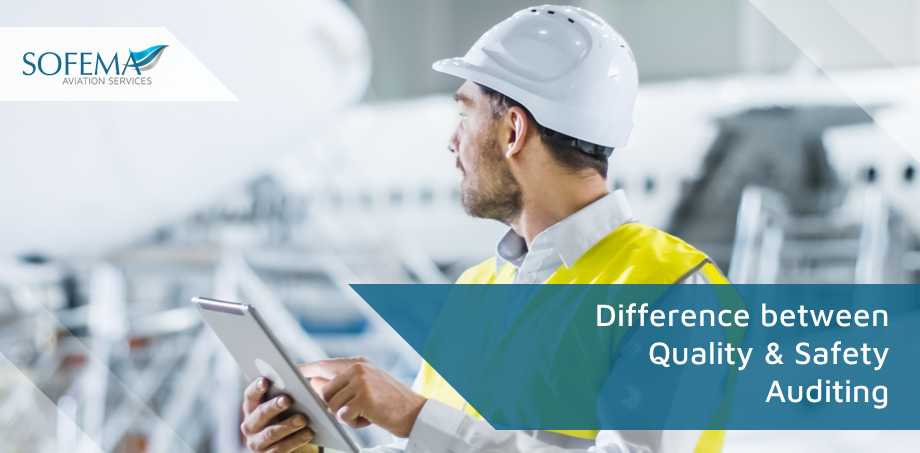Steve Bentley, CEO of Sofema Aviation Services (SAS) www.sassofia.com, considers the First Root Cause in Quality Assurance Auditing
What is Root Cause? Surely it is the same whether it is related to Quality or Safety relationships!
The answer is of course Root Cause is “Root Cause” however it is what we do with the information and we do it that makes the difference.
In QA Auditing we are looking at Compliance.
When we perform a compliance audit we are looking at Gap analysis or discrepancies between the regulatory or organisational requirement and what we actually see or experience during the audit.
So we perform an audit and find a discrepancy and we share the discrepancy with the business area owner. Within the EASA system, it is the Post Holder or Nominated Person who is ultimately responsible for determining the root cause and taking appropriate action.
At this point, it is the responsibility of the Quality Auditor to accept and assess as acceptable the identified root cause and perform action.
So we can see that in Quality Assurance Root Cause is the responsibility of the auditee.
So what happens in Safety Auditing?
In Safety Auditing we are looking at Risk and Exposure.
We as Safety Auditors and Analysists will make an assessment of the situation as we find it – we will use Root Cause Analysis Techniques RCA in order to understand the “WHY”? off the exposure.
With this information, we will be able to make a recommendation for mitigation as to what will “reduce” or remove the exposure.
This recommendation will be passed to the Business Area or Post Holder who will decide on the appropriate action.
The big difference between the two is that in the case of Quality Assurance some action to remove or “deal” with the finding is mandatory (possibly the Root Cause will not always be addressed in the best way.
However, in the case of Safety Auditing and Root Cause analysis it is entirely possible that a particular recommendation is rejected by the business area owner – which means that even though there may be an exposure it is the responsibility of the Nominated Person to decide or otherwise what will be the outcome.
The positive in this story is that in the case of a negative outcome in a Safety Recommendation the decision maker must document the decision and this will subsequently become “data” for future analysis.
Sofema Aviation Services offers EASA Compliant Quality and Safety Training – please see www.sassofia.com for details, or email: team@sassofia.com




